Home>diy>Planning & Engineering>How Much Do You Travel As A Landscape Architect?
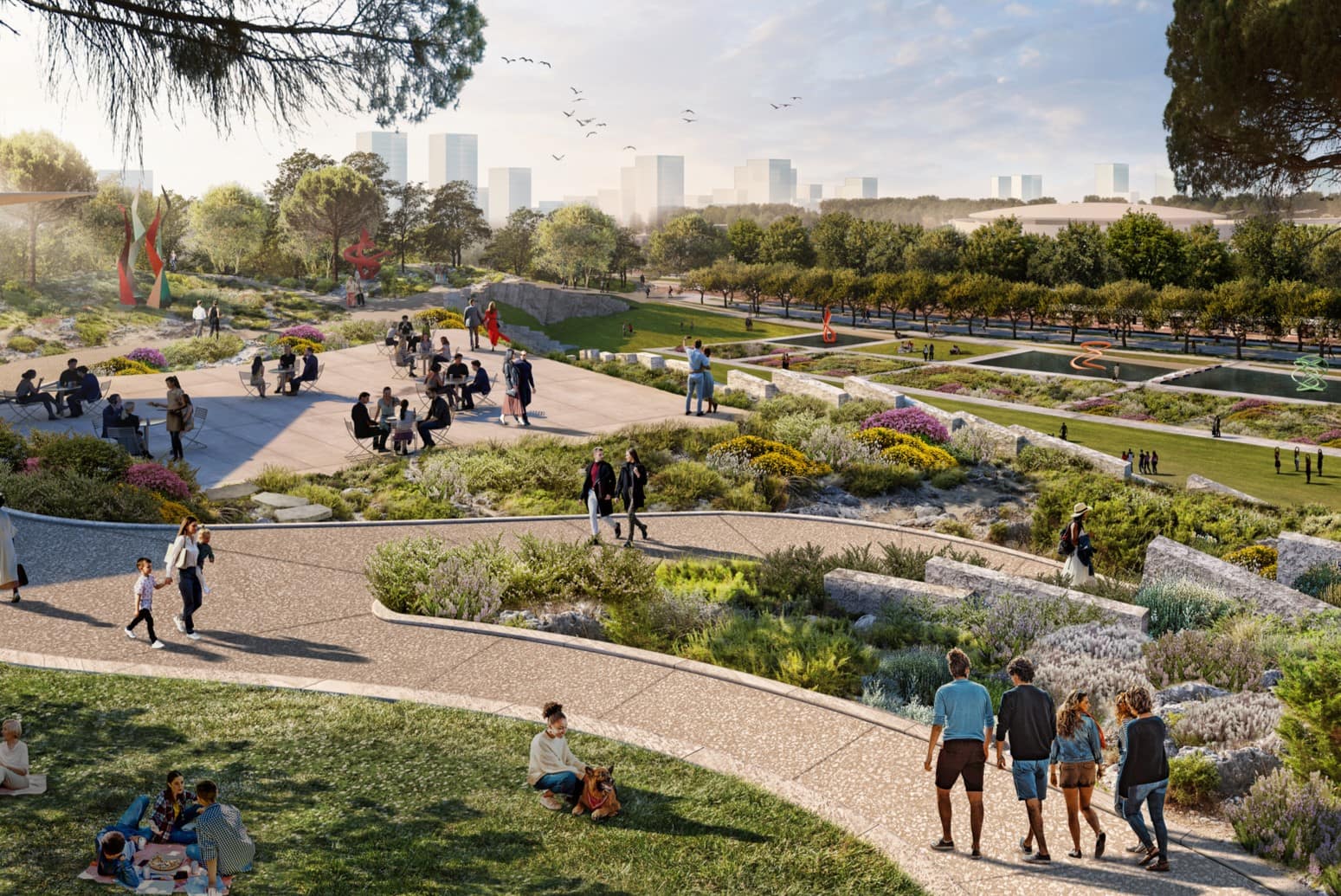

Planning & Engineering
How Much Do You Travel As A Landscape Architect?
Modified: August 28, 2024
Discover how much landscape architects travel while planning and engineering projects. Explore the role of travel in their profession and its impact on their work.
(Many of the links in this article redirect to a specific reviewed product. Your purchase of these products through affiliate links helps to generate commission for Storables.com, at no extra cost. Learn more)
Introduction
Welcome to the world of landscape architecture, where creativity meets functionality and beauty merges with sustainability. As a landscape architect, you have the unique opportunity to shape and transform the natural and built environment. But have you ever wondered how much traveling is involved in this profession?
In this article, we will explore the importance of travel in the field of landscape architecture. From project site visits to international collaborations, traveling plays a significant role in the day-to-day work of a landscape architect. We will delve into various factors that influence the amount of travel required, as well as the benefits and challenges that come with it.
So sit back, relax, and let’s embark on a journey to explore the world of landscape architecture and the adventures it brings!
Key Takeaways:
- Travel is an integral part of landscape architecture, enabling firsthand site experiences, client interactions, and global collaborations. It fosters creativity, sustainability, and professional growth, shaping designs and expanding horizons.
- Balancing travel with office-based work is essential for efficient project management. Strategic planning, clear communication, and leveraging technology optimize workflow, ensuring successful project outcomes and client satisfaction.
Read more: Why Do You Need A Landscape Architect
Importance of Travel in Landscape Architecture
Travel is an essential aspect of being a landscape architect. It allows you to gain first-hand knowledge and experience of different landscapes, cultures, and contexts. By immersing yourself in diverse environments, you can better understand the unique characteristics and challenges of each site.
One of the primary reasons travel is integral to landscape architecture is the need for onsite project visits. As a landscape architect, you will often need to assess the existing conditions and understand the natural features of a site. By physically being there, you can observe the topography, vegetation, and climate firsthand, enabling you to design contextually appropriate and sustainable solutions.
Client meetings and presentations also often require travel. Meeting clients in person allows you to develop a deeper understanding of their vision, needs, and expectations. It enables effective communication and fosters trust, leading to better project outcomes.
Collaboration is another important aspect of landscape architecture, and it often involves working with consultants and contractors. Traveling to meet and discuss project requirements with these stakeholders facilitates teamwork and coordination. It also helps build strong professional relationships based on mutual understanding and trust.
Research and site analysis are fundamental steps in the design process. By visiting different locations and conducting on-site research, you can gather valuable data and insights. This data includes information about the local culture, history, and natural systems, all of which influence the design approach. Traveling also enables you to conduct surveys, analyze microclimates, and assess the ecological sensitivity of the site.
In addition to project-related travel, landscape architects often attend conferences, workshops, and seminars to stay updated with the latest industry trends and advancements. These events offer opportunities to learn from experts, gain new perspectives, and network with professionals from around the world. Such networking can lead to collaborations and further exposure to global design practices.
Furthermore, traveling for continuing education and professional development is essential for career growth. Participating in specialized courses and certifications can enhance your skills and broaden your knowledge. By learning from experts in different locations, you can bring innovative ideas and techniques back to your projects.
Last but not least, landscape architecture is not limited to a single country or region. The profession has expanded globally, with landscape architects working on projects worldwide. Being able to travel for international projects allows you to explore different cultural landscapes, understand diverse design philosophies, and broaden your professional horizons.
Overall, travel plays a crucial role in landscape architecture. It provides valuable on-site experiences, fosters collaboration, inspires creativity, and broadens your professional network. It is an integral part of the profession, offering endless opportunities for growth and enrichment.
Factors that Influence Travel as a Landscape Architect
While travel is an inherent part of being a landscape architect, the amount and frequency of travel can vary depending on various factors. Understanding these factors can help you better plan and manage your travel commitments. Let’s explore some of the key factors that influence travel in the field of landscape architecture.
- Project Scale and Location: The scale and location of a project significantly impact the need for travel. Large-scale projects, such as urban masterplans or international developments, may require frequent visits to assess progress and ensure design implementation. Projects located in remote or unfamiliar areas may also demand more onsite presence to gather data and understand the local context.
- Project Timeline: The timeline of a project influences travel requirements. Projects with tight deadlines may involve more frequent site visits to ensure work is progressing as planned. Conversely, projects with longer timelines may provide flexibility in travel arrangements. It is essential to carefully plan and schedule travel to meet project deadlines efficiently.
- Client Preferences: Every client has unique preferences when it comes to communication and interaction. Some clients may prefer frequent in-person meetings and site visits, while others may be more comfortable with remote communication. Understanding and accommodating these preferences can impact the extent of travel needed for client-related activities.
- Project Budget: The project budget plays a crucial role in determining the extent of travel. Travel expenses, including transportation, accommodation, and meals, need to be considered and allocated within the project budget. Depending on the available resources, the amount of travel and the distance covered may be adjusted to align with financial constraints.
- Technology and Remote Collaboration: With advancements in technology, remote collaboration has become increasingly common in the design industry. Virtual meetings, video conferences, and digital tools can minimize the need for physical travel. However, certain aspects, such as site visits and direct client interactions, may still require in-person presence for accurate assessment and effective communication.
- Sustainability Considerations: As landscape architects, we have a responsibility to minimize our carbon footprint and prioritize sustainable practices. Considering the environmental impact of travel is crucial. Whenever possible, choosing alternative modes of transportation, such as public transport or cycling, and combining multiple site visits in a single trip can help reduce travel-related emissions.
It is important to note that these factors are not fixed and can evolve throughout a project’s lifecycle. Communication, collaboration, and adaptability are key in managing travel requirements effectively. By understanding and considering these factors, landscape architects can optimize their travel commitments to ensure efficient project delivery while maintaining a sustainable and environmentally conscious approach.
Project Site Visits
One of the most significant aspects of travel for landscape architects is conducting project site visits. These visits are essential for gathering firsthand information about the site, understanding its unique characteristics, and assessing its potential for design interventions.
Site visits allow landscape architects to observe and study the existing conditions of a project site. This includes analyzing the topography, drainage patterns, microclimates, soil quality, and vegetation. By physically being present on-site, landscape architects can gain a deeper understanding of how these factors impact the design process. They can witness the play of light and shadow, the movement of wind, and the interactions between built structures and the natural environment.
During site visits, landscape architects also engage with the local community and stakeholders. They interact with the people who will be using and maintaining the designed landscape, learning about their needs, aspirations, and concerns. This valuable information helps shape the design approach to create spaces that resonate with the site’s users.
Site visits are particularly important for projects that involve the restoration or conservation of natural areas. Landscape architects need to assess and document the existing habitat, biodiversity, and ecological systems. This data influences the design decisions and ensures that ecological integrity is maintained or enhanced through the project’s implementation.
Furthermore, site visits provide an opportunity to verify the accuracy of technical measurements and data. Landscape architects can take precise measurements, verify boundaries, and assess any potential constraints or opportunities that may impact the design. This hands-on approach enables them to make informed decisions and adjustments in their design proposals.
Collaboration with other professionals is also facilitated during site visits. Landscape architects can meet and discuss the project details with architects, engineers, and other consultants who may be involved in the design process. This collaborative approach ensures that all disciplines contribute to the holistic development of the project.
Ultimately, project site visits are crucial for landscape architects to develop a sense of connection and empathy with the site. By immersing themselves in the physical environment, landscape architects can create designs that respond harmoniously to the context, reflect the site’s identity, and fulfill the needs and aspirations of both the users and the natural systems.
Client Meetings and Presentations
Client meetings and presentations are an integral part of the landscape architecture process. Whether it’s the initial consultation, design review, or project updates, effective communication with clients is essential for successful project outcomes.
Traveling to meet clients in person offers numerous benefits. It allows landscape architects to establish a personal connection with clients, building trust and rapport. Face-to-face meetings provide an opportunity to understand clients’ goals, preferences, and vision for the project more deeply. Direct communication helps clarify any questions, address concerns, and ensure that the design aligns with the client’s expectations.
Presentations play a crucial role in conveying design concepts and proposals to clients. Being physically present during these presentations allows landscape architects to communicate their ideas effectively, utilizing visual aids, models, and renderings. The ability to engage clients through direct interaction and address their feedback in real-time enhances the collaborative process.
Additionally, client meetings and presentations offer opportunities to manage client expectations. By showcasing past projects, sharing case studies, and discussing realistic timelines and budget allocations, landscape architects can set clear expectations and foster transparency. Addressing potential challenges and limitations upfront can help prevent misunderstandings and ensure a smooth project progression.
Traveling for client meetings is not only about sharing information; it is also about actively listening. Visiting the project site with clients allows landscape architects to understand their aspirations and concerns in the context of the physical environment. This deeper understanding supports the development of designs that are tailored to the client’s specific needs and the site’s unique characteristics.
Furthermore, client meetings often involve conducting on-site inspections. This may include identifying existing site features, assessing site conditions, and conducting feasibility studies. Such inspections enable landscape architects to gather valuable information that cannot be obtained through remote communication, ensuring the design solution is contextually appropriate.
Remote communication tools have become increasingly prevalent, but they cannot fully replace the benefits of in-person client meetings and presentations. Face-to-face interactions allow for a more nuanced understanding of clients’ non-verbal cues, facilitating better collaboration and project outcomes.
However, it is important to note that in certain situations, remote communication may be necessary and practical. Virtual meetings, video conferences, and online collaboration tools can be utilized to bridge distances and accommodate clients who are unable to meet in person.
In summary, client meetings and presentations play a vital role in landscape architecture. By traveling to meet clients, landscape architects can establish strong relationships, effectively communicate design concepts, manage expectations, and ensure alignment between the client’s vision and the design solution. These interactions contribute to the overall success of the project and client satisfaction.
Collaborations with Consultants and Contractors
Collaboration is an essential aspect of landscape architecture, and working closely with consultants and contractors is a common practice. These collaborations allow landscape architects to tap into a diverse range of expertise and effectively execute complex projects. Traveling to meet and collaborate with these professionals is a fundamental part of the landscape architecture process.
Consultants, such as architects, engineers, ecologists, and urban planners, bring specialized knowledge and skills to the table. They contribute insights and perspectives that complement the landscape architect’s expertise. Traveling to meet with these consultants fosters productive discussions, alignment of project goals, and coordination of design elements.
Collaborations with consultants often involve joint site visits to assess the feasibility of design ideas, verify technical requirements, and address potential challenges. By being physically present on-site, landscape architects and consultants can collectively evaluate site conditions and determine the best design strategies. Through these collaborative site visits, the project’s vision can be refined, and potential conflicts or constraints can be identified and resolved.
Contractors play a crucial role in implementing landscape designs. Regular communication and coordination with contractors are vital to ensure that the design is executed as intended. Traveling to construction sites allows landscape architects to monitor progress, provide guidance, and address any design-related issues that may arise during the construction process. Being on-site helps streamline decision-making, ensure design quality, and maintain alignment with the project’s overall vision.
In addition to project-related collaborations, traveling to meet with consultants and contractors builds strong professional relationships. Face-to-face interactions create opportunities for open communication, trust building, and a sense of shared responsibility. These relationships facilitate smoother project execution and enhance teamwork.
Collaborations with consultants and contractors are not limited to local partners. In today’s globalized world, landscape architects often collaborate with professionals from different regions and countries. This international collaboration allows for the exchange of ideas, knowledge-sharing, and exposure to different design approaches and cultural perspectives. Traveling to meet with international collaborators also provides opportunities for cross-cultural learning and enriches the final design outcome.
Furthermore, collaborations with consultants and contractors can extend beyond individual projects. Building a network of trusted professionals in different disciplines allows landscape architects to tap into diverse insights and expertise for future projects. Traveling to establish and maintain these professional connections helps foster ongoing collaborations and opens doors for new opportunities.
In summary, collaborations with consultants and contractors are essential in landscape architecture. Traveling to meet and work closely with these professionals enables effective communication, coordination, and knowledge-sharing. It strengthens relationships, enhances project execution, and broadens professional networks, ultimately contributing to the success of landscape architecture projects.
Tip: As a landscape architect, it’s important to travel to different project sites for research, analysis, and client meetings. Be prepared to spend a significant amount of time on the road or in the air to ensure the success of your projects.
Research and Site Analysis
Research and site analysis are foundational steps in the landscape architecture process. They provide landscape architects with the necessary information and understanding of the site’s context to develop meaningful designs. Traveling to various locations and conducting on-site research is an essential component of this process.
Site analysis involves gathering data about the site’s physical characteristics, cultural and historical aspects, ecological systems, and the surrounding context. By physically visiting the site, landscape architects can observe and document these features firsthand, ensuring accurate and comprehensive data collection.
During site visits, landscape architects study the topography, examining slopes, water flow, and natural drainage patterns. They assess the existing vegetation, identifying native plants, invasive species, and any notable biodiversity. By being present on-site, landscape architects can also observe how the site interacts with its surroundings, such as neighboring structures, roads, or bodies of water.
Research and site analysis often involve engaging with the local community and stakeholders. Landscape architects conduct interviews, surveys, and workshops to understand the social dynamics, cultural significance, and usage patterns of the site. Traveling to meet and interact with the community allows for meaningful conversations and connections, aiding in the development of designs that are responsive to their needs and aspirations.
Site visits also provide an opportunity to assess any site-specific challenges or opportunities. Landscape architects can identify potential constraints, such as soil erosion, flood-prone areas, or areas with poor drainage. They can also identify unique features, such as stunning views, natural landmarks, or historical artifacts. This understanding of the site’s conditions and opportunities informs the design process and enables landscape architects to develop contextually appropriate solutions.
Additionally, traveling to different locations allows landscape architects to study precedents and gather inspiration from existing landscapes. By visiting renowned parks, gardens, and other landscape architectural projects, they can analyze successful design strategies, sustainable practices, and innovative approaches. This exposure to diverse landscapes and design philosophies enriches their design thinking and helps generate fresh ideas.
Research and site analysis also extend beyond the physical site. Landscape architects conduct studies and gather data on climate variables, such as temperature, precipitation, and wind patterns, to inform sustainable design decisions. They research historical maps, archives, and cultural records to understand the site’s historical and cultural significance, ensuring that the design respects and reflects its unique heritage.
By traveling and conducting thorough research and site analysis, landscape architects gain a comprehensive understanding of the site and its context. This knowledge forms the basis for the design process, allowing the creation of innovative, contextually sensitive, and sustainable landscape solutions.
Attending Conferences and Workshops
Attending conferences and workshops is a valuable way for landscape architects to stay up-to-date with industry trends, expand their knowledge base, and network with professionals from around the world. Traveling to participate in these events is an important aspect of professional development in the field of landscape architecture.
Conferences and workshops bring together industry experts, researchers, and practitioners to share their insights and experiences. These events offer a platform for landscape architects to learn about the latest advancements, emerging technologies, and innovative design approaches. By attending presentations and panel discussions, landscape architects can gain new perspectives, understand current best practices, and stay at the forefront of the field.
Traveling to conferences and workshops provides the opportunity to engage with experts and thought leaders in face-to-face interactions. One can ask questions, seek advice, and exchange ideas with professionals who have extensive experience and knowledge in specific areas of landscape architecture. Building connections at these events can lead to collaborations, mentorships, and future professional opportunities.
In addition to the educational aspect, conferences and workshops often showcase groundbreaking projects and research. Landscape architects can gain inspiration from real-world case studies, observing the creative design solutions implemented in various projects. This exposure to innovative work helps fuel creativity and encourages thinking outside the box.
Attending conferences and workshops also allows landscape architects to present their own work and research. Sharing their projects and insights provides valuable exposure and recognition within the industry. By presenting at these events, landscape architects can contribute to the collective knowledge of the field and receive feedback from peers and experts, enabling personal and professional growth.
Another benefit of attending conferences and workshops is the opportunity to explore new locations. Many of these events are held in different cities or countries, providing landscape architects with the chance to experience different cultural landscapes and design approaches. This exposure to diverse contexts fosters understanding and broadens one’s design perspectives.
While virtual conferences have become increasingly prevalent, physical attendance at conferences and workshops allows for a more immersive experience. Being physically present enables landscape architects to engage in informal conversations, network during breaks, and participate in hands-on activities or site visits. These interactions and experiences enhance the overall learning experience and facilitate meaningful connections.
Attending conferences and workshops involves careful planning and budgeting, considering the travel expenses and registration fees. However, the investment is often worthwhile as the knowledge gained, connections made, and inspiration derived from these events contribute to professional growth and development in the field of landscape architecture.
To sum up, traveling to attend conferences and workshops is an essential component of a landscape architect’s professional development. By immersing themselves in these events, landscape architects can stay current with industry advancements, network with professionals, gain inspiration, and contribute to the collective knowledge of the field.
Traveling for Continuing Education and Professional Development
Continuing education and professional development are crucial for landscape architects to stay competitive, enhance their skills, and expand their knowledge base. Traveling for these purposes allows landscape architects to access specialized training, workshops, and courses that contribute to their ongoing growth in the field.
In the ever-evolving field of landscape architecture, it is essential to stay up to date with the latest design principles, technologies, and industry practices. Traveling to attend specialized training programs and workshops provides landscape architects with targeted learning opportunities. These programs often offer hands-on experience, practical tools, and expert guidance, allowing landscape architects to refine their skills and acquire new capabilities.
Traveling for continuing education also facilitates networking with professionals in the industry. Attending workshops and courses provides an opportunity to interact with like-minded individuals, exchange ideas, and build connections. Connecting with peers and industry leaders from different locations can lead to collaborations, mentorships, and exposure to diverse perspectives.
Some educational institutions and organizations offer intensive short-term courses or study abroad programs specifically designed for landscape architects. Traveling to participate in these programs allows landscape architects to immerse themselves in different cultures, landscapes, and design philosophies. It broadens their understanding of global design practices and enhances their ability to create contextually appropriate designs.
Professional conferences and symposiums are another valuable platform for continuing education and professional development in landscape architecture. These events bring together experts, researchers, and practitioners from around the world to share their knowledge and experiences. Traveling to attend these conferences exposes landscape architects to a wide range of topics, cutting-edge research, and innovative design approaches.
Furthermore, professional certifications and accreditations often require landscape architects to complete specific courses or training programs. Traveling to fulfill these requirements showcases commitment to professional growth and demonstrates a dedication to maintaining high standards of practice.
Traveling for continuing education and professional development is not limited to attending formal programs or events. It can also involve visiting notable landscapes and architectural landmarks to enrich one’s design inspiration and understanding. Exploring renowned parks, gardens, and urban spaces in different locations can provide valuable insights into design strategies, spatial organization, and innovative use of materials.
While travel for continuing education and professional development requires careful planning and consideration of costs, it is an investment in one’s professional growth and the advancement of the landscape architecture profession. The knowledge and skills gained through these experiences contribute to improved project outcomes, client satisfaction, and personal fulfillment as a landscape architect.
To summarize, traveling for continuing education and professional development offers landscape architects the opportunity to access specialized training, stay updated with industry advancements, expand their network, and gain inspiration from diverse landscapes. It is a means to enhance skills, boost career prospects, and ensure continuous growth in the field of landscape architecture.
International Projects and Global Networking
The field of landscape architecture has become increasingly globalized, offering opportunities for landscape architects to work on international projects and build a global network. Traveling for international projects and networking not only expands professional horizons but also allows landscape architects to gain exposure to diverse cultures, design approaches, and landscapes.
Participating in international projects enables landscape architects to work in different contexts and climates. Each country and region presents unique challenges and opportunities in terms of culture, climate, regulations, and design aesthetics. By traveling and experiencing these diverse environments firsthand, landscape architects can develop a comprehensive understanding of global design practices. Working on international projects broadens their design perspectives and enables them to adapt their skills and approaches accordingly.
International projects also allow landscape architects to collaborate with professionals from different countries and cultures. Building a global network of industry contacts enhances creativity and facilitates knowledge sharing. By engaging with professionals from around the world, landscape architects gain insights into innovative design strategies and global trends. Collaborative partnerships can lead to future opportunities, joint projects, and the exchange of ideas and expertise.
Traveling for international projects broadens landscape architects’ understanding of cultural landscapes. Each culture has its own unique relationship with nature and the built environment. By immersing themselves in different cultural contexts, landscape architects can gain a deeper appreciation for diverse design philosophies, indigenous plant palettes, and local construction techniques. This understanding allows them to create designs that are culturally responsive and reflective of the local context.
When working on international projects, landscape architects also have the opportunity to address global challenges such as climate change, urbanization, and environmental sustainability. Traveling to different countries allows landscape architects to learn from successful projects and initiatives that tackle these issues in innovative ways. The exposure to diverse approaches helps foster a global perspective and encourages landscape architects to embrace sustainable design practices and strategies.
Building a global network through international projects and networking events opens doors to new collaborations and professional opportunities. Landscape architects can form partnerships with local design firms, consultants, and contractors in different countries. This global network not only facilitates knowledge exchange but also enables landscape architects to access international projects and broaden their client base.
In summary, traveling for international projects and global networking offers landscape architects the opportunity to gain exposure to different cultural landscapes, collaborate with professionals from around the world, and address global challenges. It broadens their design perspectives, enhances their cultural sensitivity, and enriches their professional experience. Embracing the global nature of landscape architecture expands career prospects and contributes to the advancement of the profession as a whole.
Balancing Travel with Office-based Work
Travel is an integral part of the landscape architecture profession, but it must be balanced with office-based work to ensure efficient project management and consistent communication. Finding a balance between travel and office-based work is essential for landscape architects to meet project deadlines, maintain client relationships, and ensure effective coordination with team members.
Effective project management requires careful planning and coordination of travel commitments. Prioritization is key in determining the necessity and timing of travel. Landscape architects need to evaluate project requirements, client expectations, and the need for onsite visits versus remote communication. By assessing travel needs early on, landscape architects can schedule trips strategically to minimize disruptions to workflow while fulfilling project requirements.
Regular check-ins and communication with clients and project teams are crucial in balancing travel with office-based work. Utilizing technology, such as video conferences and virtual project management tools, enables landscape architects to stay connected and engaged with clients and team members, even when traveling. Clear and frequent communication ensures that everyone is on the same page and project progress is maintained.
Efficient travel planning involves considering factors such as project timelines, availability of local resources, and travel logistics. Coordinating site visits and meetings with multiple clients or stakeholders in close proximity can optimize travel time and minimize travel-related expenses. Traveling with a well-prepared itinerary and a clear objective for each visit maximizes the value of on-site interactions while minimizing unnecessary travel.
Landscape architects can also leverage remote work opportunities to balance travel and office-based work. When office-based work is essential, working from a home base or a hotel can help maintain productivity and ensure timely deliverables. Advancements in technology enable landscape architects to access design software, collaboration tools, and project documents remotely, facilitating seamless collaboration and efficient work processes.
It is important for landscape architects to practice self-care and manage their well-being while balancing travel and office-based work. Frequent travel can be physically and mentally demanding, requiring adaptability and resilience. Prioritizing rest, maintaining a healthy lifestyle, and avoiding burnout is essential for long-term professional sustainability.
Collaboration and teamwork with colleagues and project teams is crucial in balancing travel and office-based work. Effective delegation of tasks and clear communication with team members ensures that projects continue to progress without interruption when one team member is away. Collaborative project management tools and shared knowledge repositories facilitate seamless handovers, allowing for continued productivity and efficient project delivery.
Ultimately, finding the right balance between travel and office-based work is a dynamic process that requires flexibility and adaptability. By prioritizing communication, strategic scheduling, and effective project management, landscape architects can balance the benefits of travel with the need for consistent office-based work, resulting in successful project outcomes and satisfied clients.
Conclusion
In the field of landscape architecture, travel plays a vital role in shaping designs, fostering collaboration, and expanding professional horizons. Landscape architects travel for various purposes, including project site visits, client meetings, collaborations, research, and professional development.
Through project site visits, landscape architects gain firsthand knowledge of the terrain, climate, and site-specific features. This allows them to create design solutions that are both contextually appropriate and sustainable. Client meetings and presentations provide opportunities to build trust, understand client needs, and effectively communicate design concepts. Collaborations with consultants and contractors foster teamwork and ensure a successful project delivery.
Travel also contributes to research and site analysis, enabling landscape architects to study landscapes, engage with local communities, and gather valuable data. Attending conferences and workshops enhances professional development by providing access to the latest trends, networking opportunities, and inspiration from diverse landscapes and design approaches.
International projects and global networking further expand the scope of landscape architecture, allowing professionals to work in different cultural contexts and collaborate with professionals from around the world. This exposure bolsters creativity, cultural sensitivity, and the ability to address global challenges through sustainable design practices.
However, balancing travel with office-based work is crucial for effective project management and consistent client communication. Landscape architects must prioritize tasks, plan travel strategically, and maintain clear communication with clients and project teams. Leveraging technology and remote work opportunities can optimize workflow and productivity while on the move.
In conclusion, travel is an inseparable part of the landscape architecture profession. It opens up opportunities for hands-on experience, collaboration, exposure to diverse perspectives, and personal and professional growth. By embracing travel, landscape architects can continually elevate their designs, enhance client relationships, and contribute to the advancement of the landscape architecture profession on a global scale.
Frequently Asked Questions about How Much Do You Travel As A Landscape Architect?
Was this page helpful?
At Storables.com, we guarantee accurate and reliable information. Our content, validated by Expert Board Contributors, is crafted following stringent Editorial Policies. We're committed to providing you with well-researched, expert-backed insights for all your informational needs.

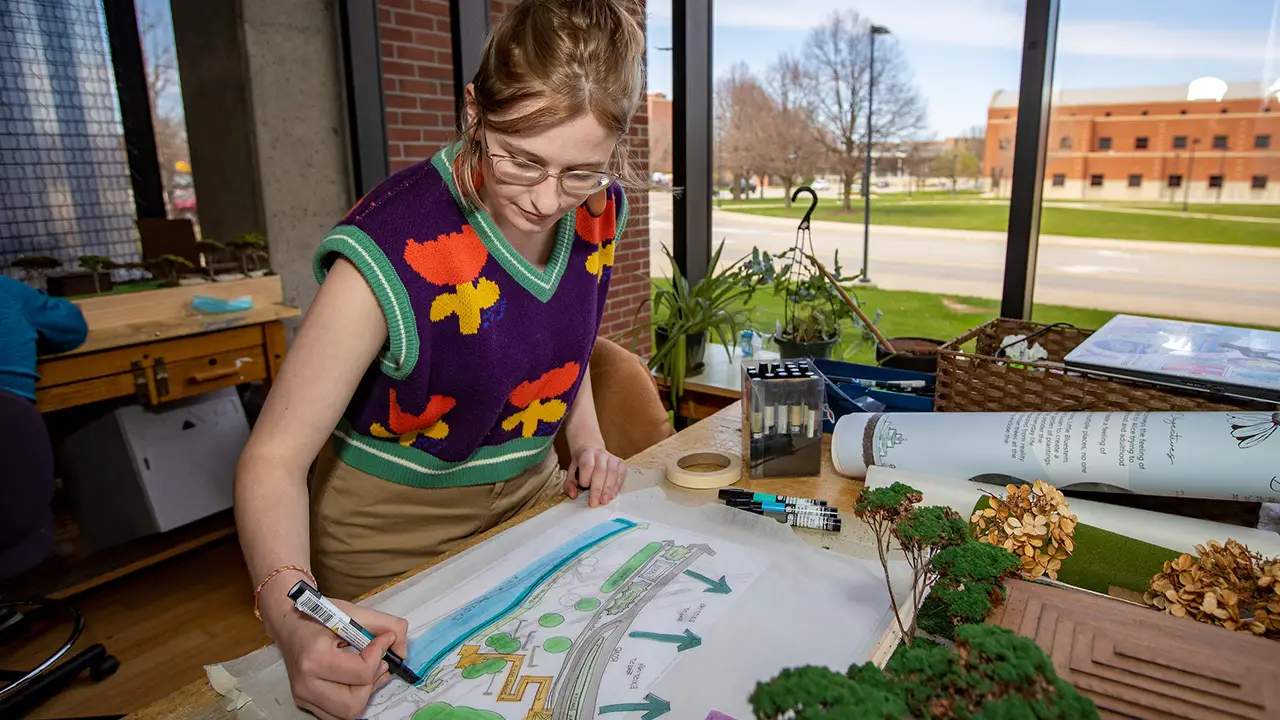


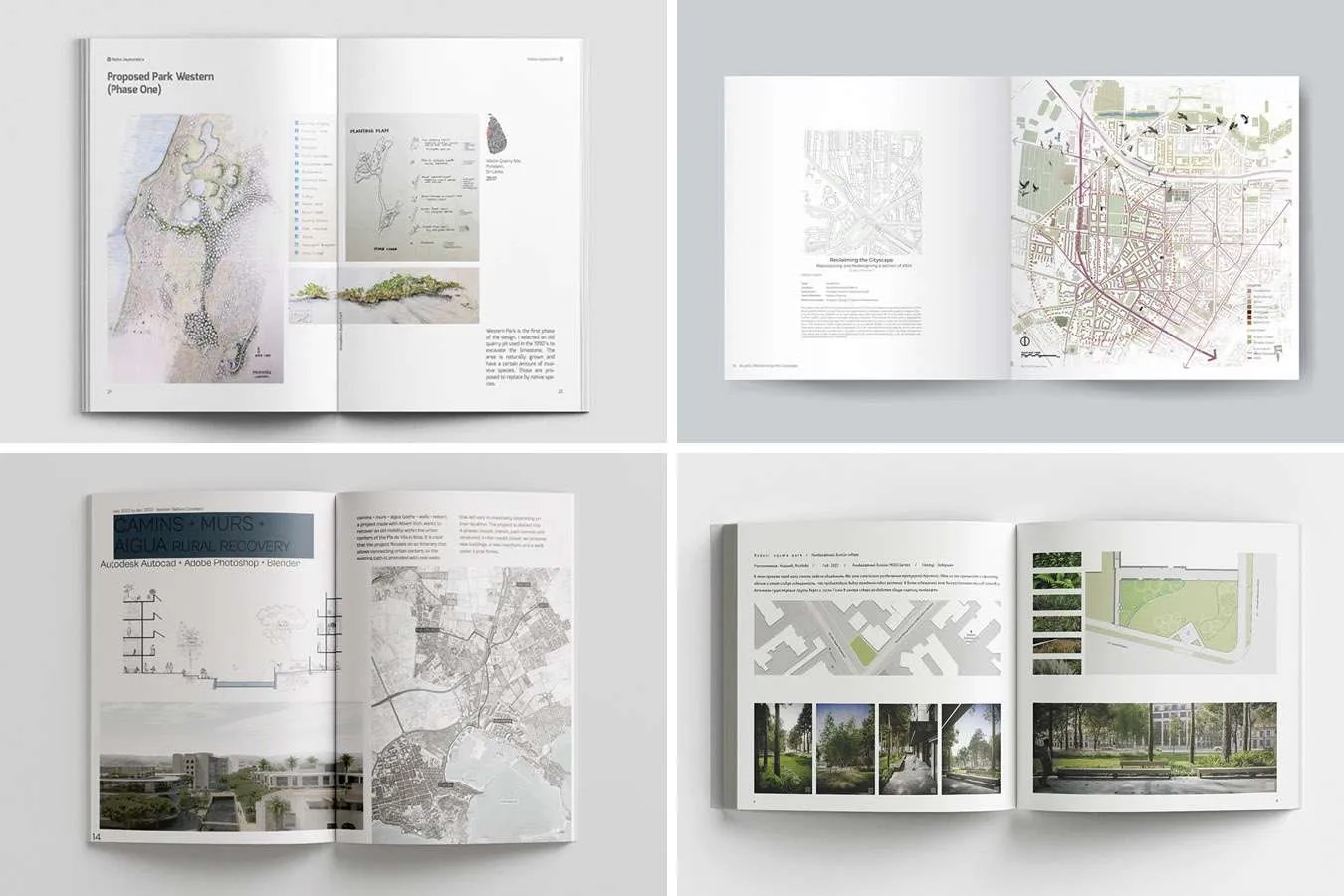
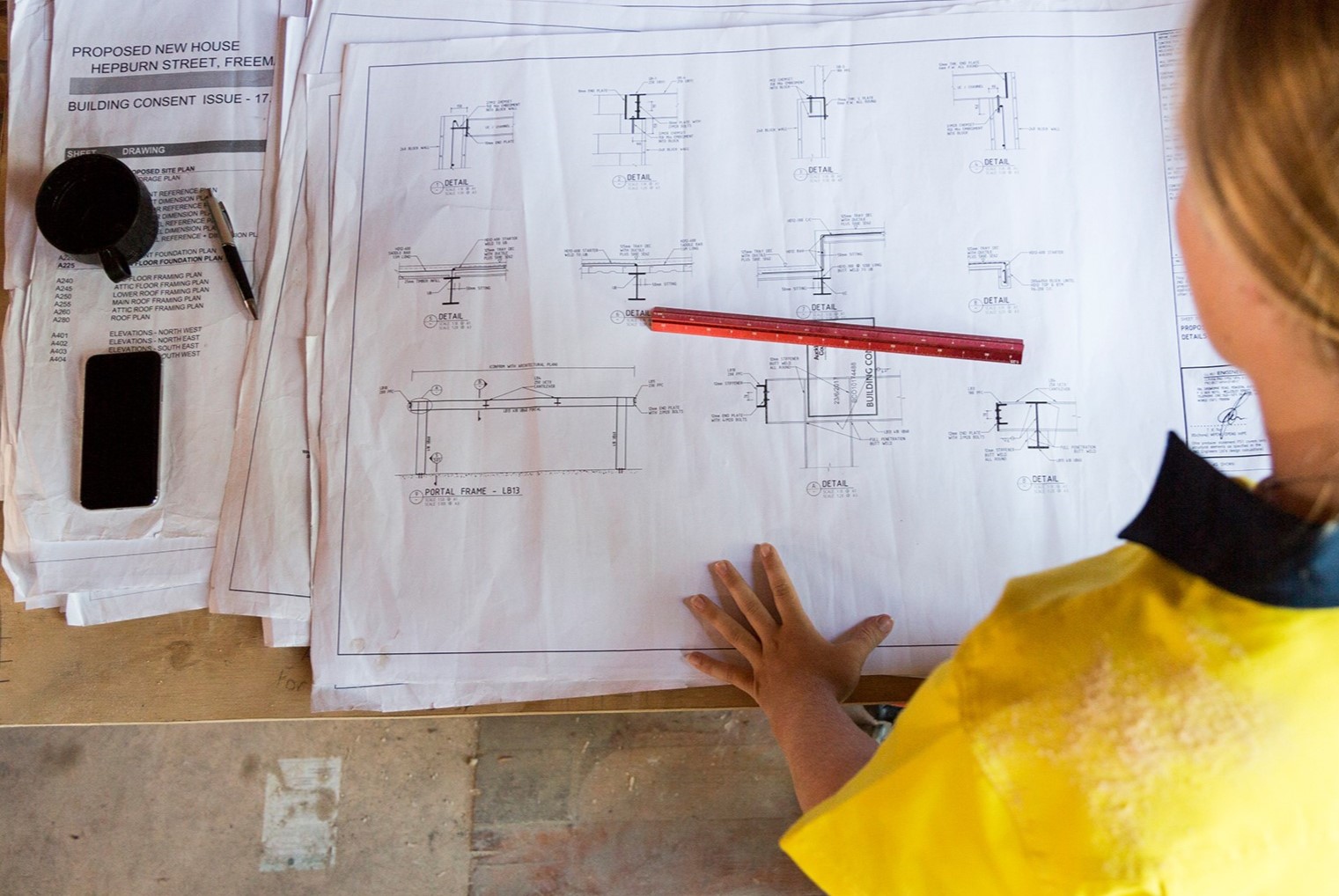



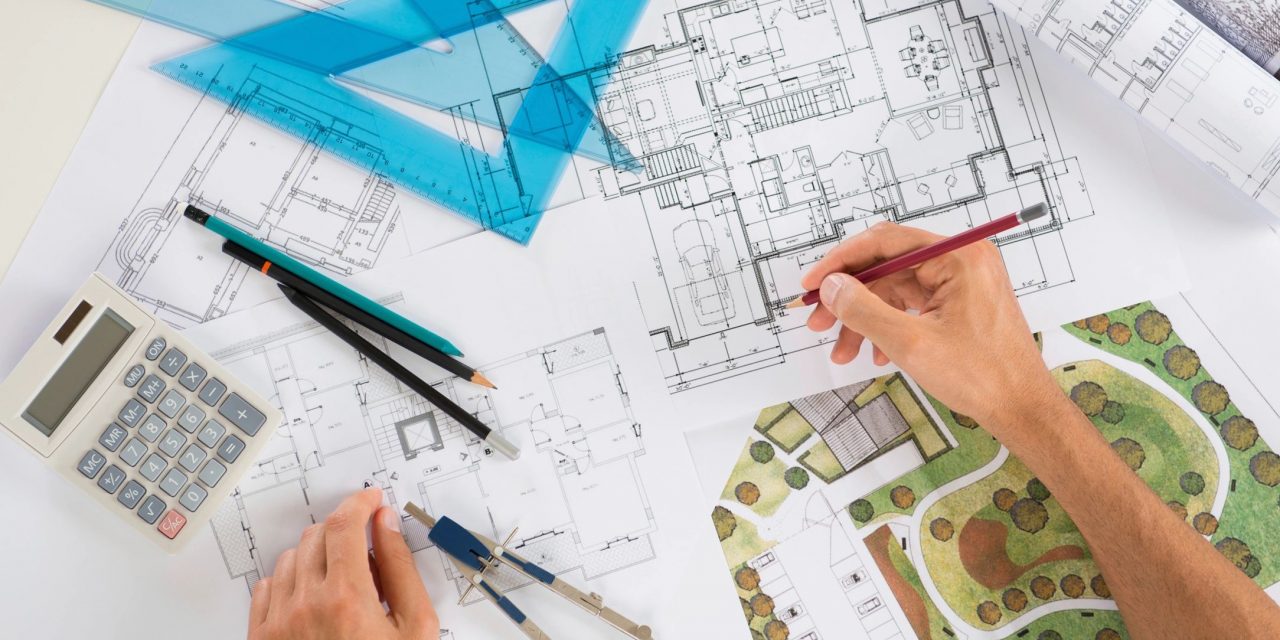
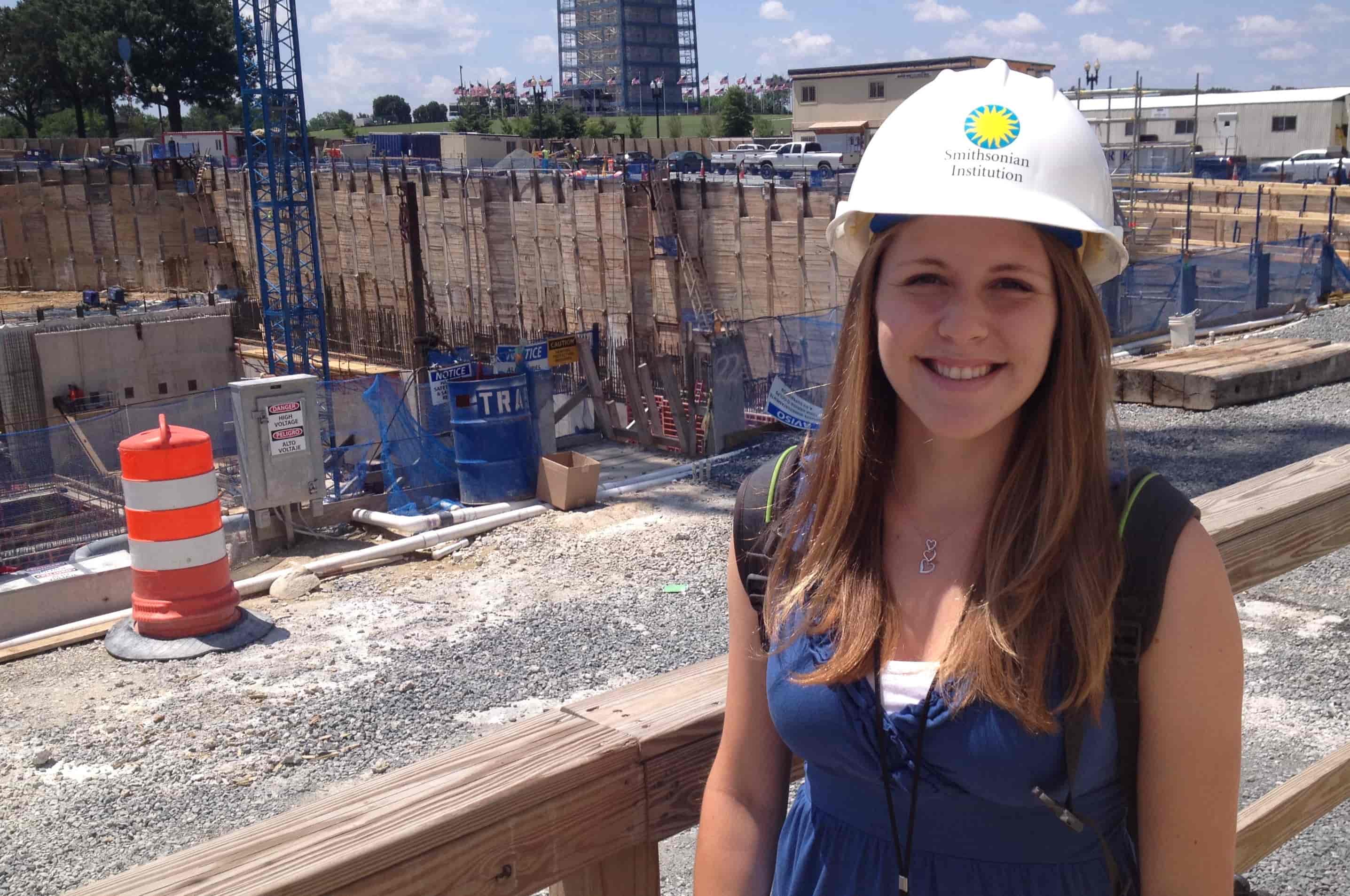
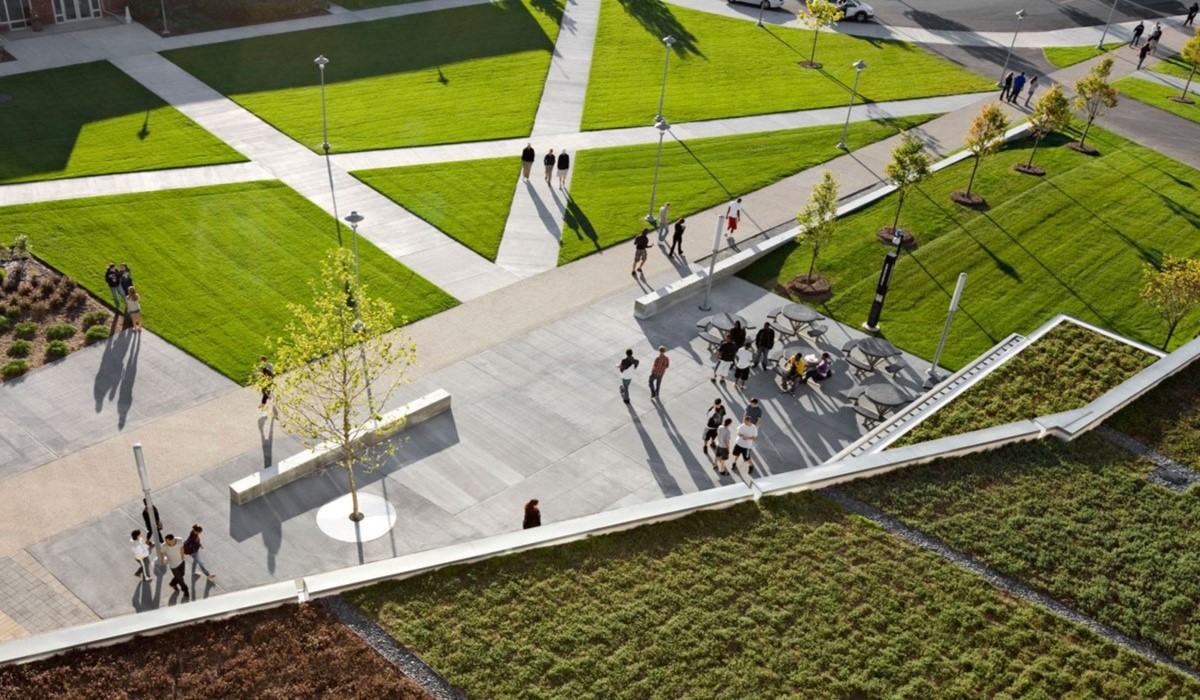
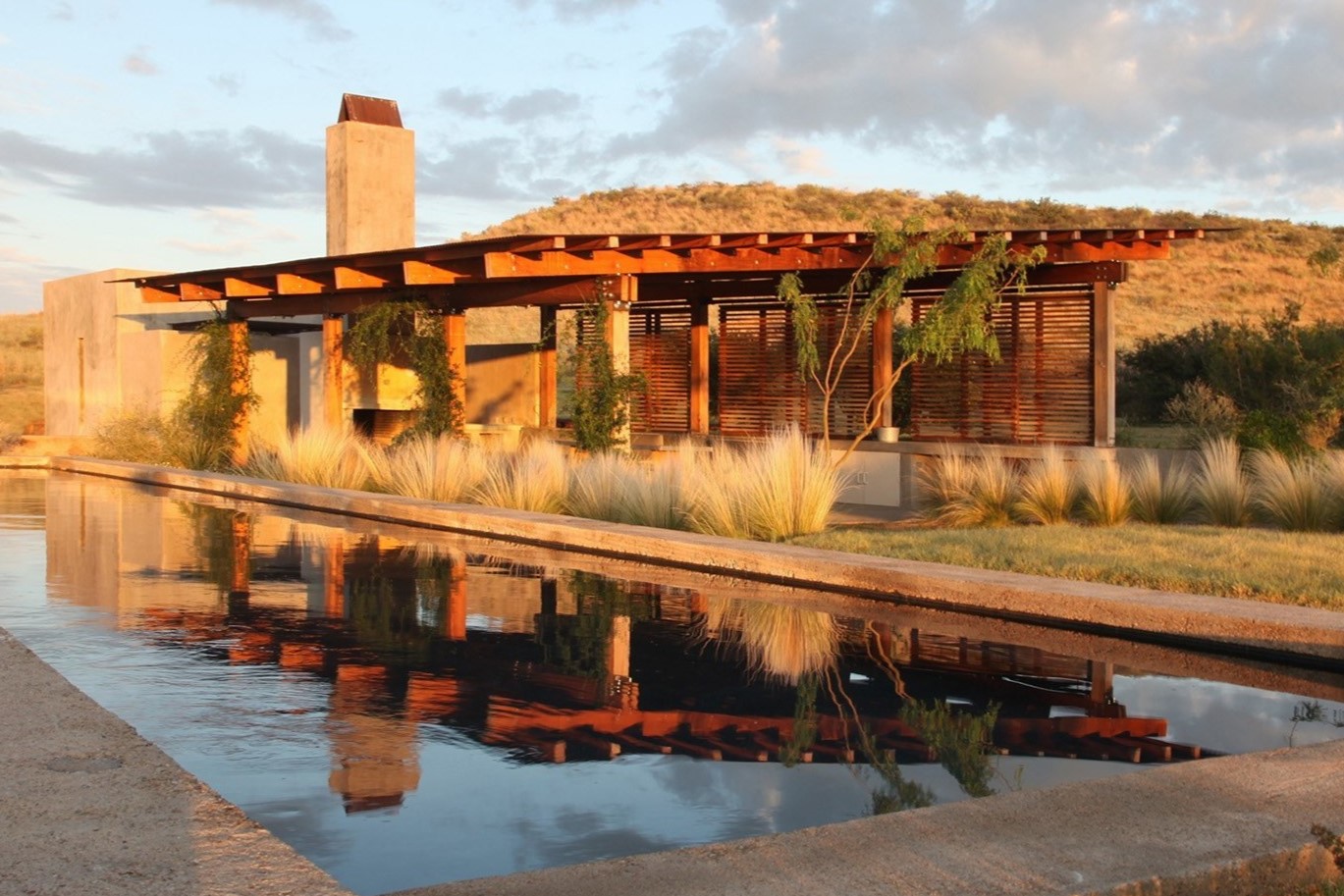

0 thoughts on “How Much Do You Travel As A Landscape Architect?”